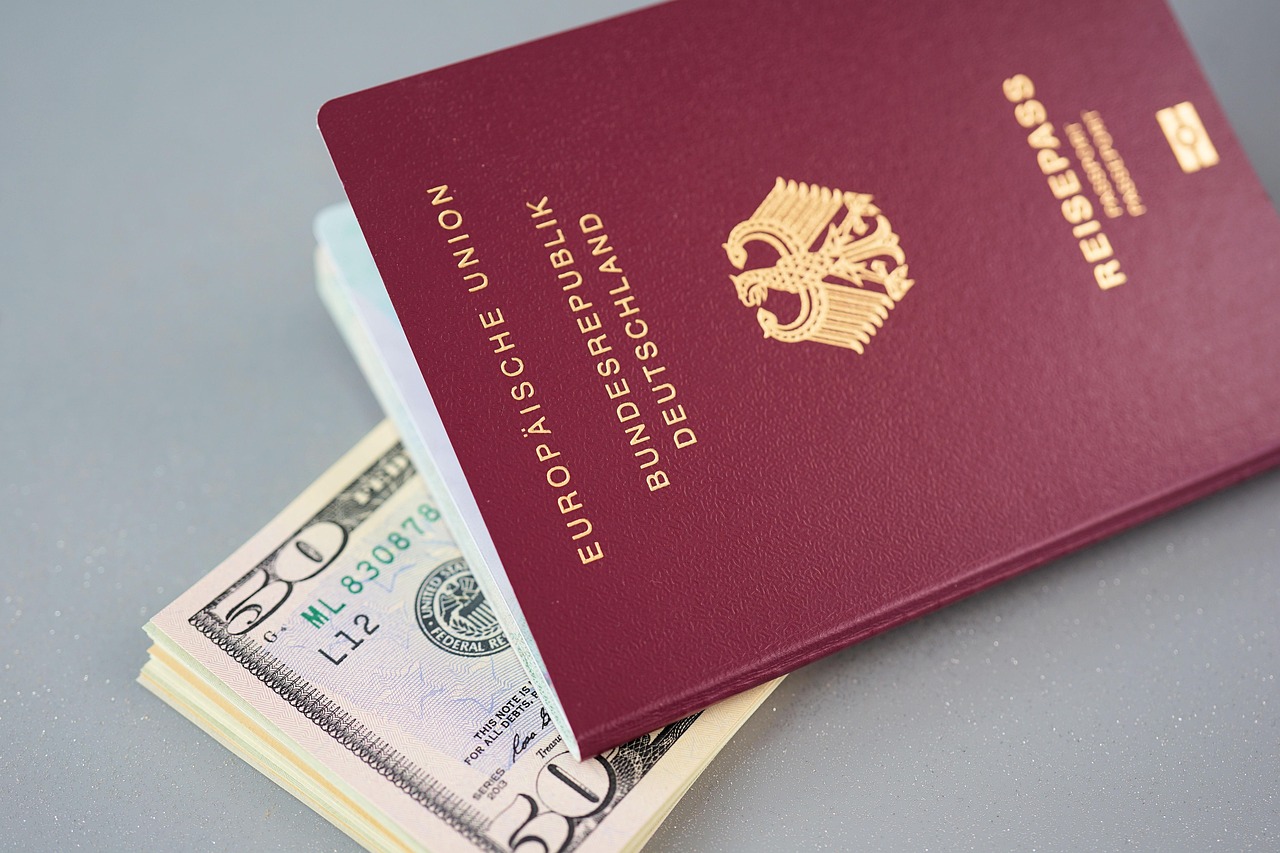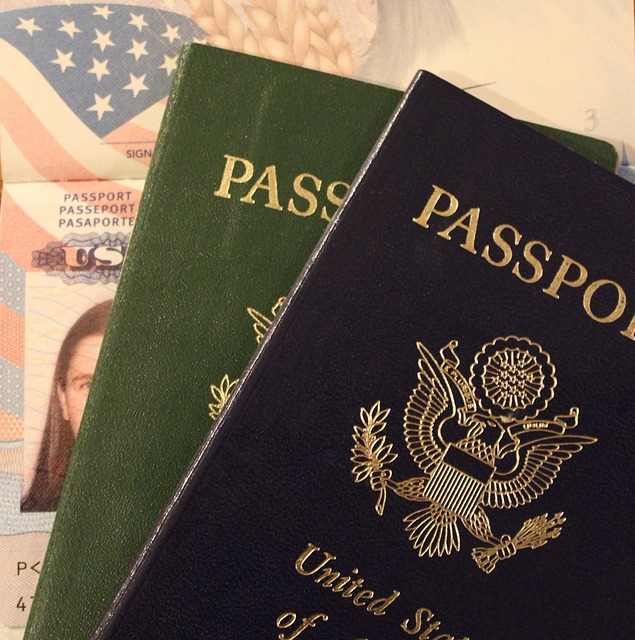Asylum and Refugee Status in Switzerland

Switzerland has a long tradition of providing refuge to those fleeing persecution, war, and violence. As a signatory to the 1951 Refugee Convention and its 1967 Protocol, Switzerland is committed to protecting the rights of refugees and asylum seekers. However, the process of seeking asylum in Switzerland is complex and involves strict legal procedures. This article provides an overview of the asylum and refugee status process in Switzerland, including eligibility criteria, application procedures, and the rights and responsibilities of asylum seekers and refugees.
1. Overview of Asylum in Switzerland
Switzerland’s asylum system is designed to provide protection to individuals who face persecution in their home countries. The Swiss State Secretariat for Migration (SEM) is responsible for processing asylum applications and determining refugee status. The process is governed by the Swiss Asylum Act and international agreements.
2. Eligibility Criteria
To be eligible for asylum in Switzerland, applicants must meet the following criteria:
1. Persecution
Applicants must demonstrate a well-founded fear of persecution based on:
- Race
- Religion
- Nationality
- Membership in a particular social group
- Political opinion
2. Risk of Harm
Applicants must prove that they face a serious risk of harm, including torture, inhuman or degrading treatment, or threats to their life, if they return to their home country.
3. No Internal Flight Alternative
Applicants must show that they cannot safely relocate to another part of their home country to escape persecution.
3. The Asylum Application Process
Step 1: Arrival in Switzerland
Asylum seekers must be physically present in Switzerland to apply for asylum. Applications cannot be submitted from abroad.
Step 2: Registration
Upon arrival, asylum seekers must register at a reception center or with the local authorities. They will receive a temporary permit (N permit) and be assigned to a federal asylum center.
Step 3: Initial Interview
Asylum seekers undergo an initial interview to provide basic information about their identity, travel route, and reasons for seeking asylum. This interview is conducted by SEM officials.
Step 4: Detailed Asylum Interview
A more in-depth interview is conducted to gather detailed information about the applicant’s reasons for seeking asylum. This interview is crucial for the decision-making process.
Step 5: Decision
SEM reviews the application and supporting evidence to determine whether the applicant qualifies for refugee status. The decision can take several months.
Step 6: Appeal
If the application is rejected, the applicant has the right to appeal the decision within a specified period. The appeal is reviewed by the Federal Administrative Court.
4. Rights and Responsibilities of Asylum Seekers
Rights:
- Accommodation: Asylum seekers are provided with basic accommodation in federal asylum centers.
- Healthcare: Basic healthcare services are available to asylum seekers.
- Education: Children of asylum seekers have the right to attend school.
- Legal Assistance: Asylum seekers have the right to legal representation during the application process.
Responsibilities:
- Cooperation: Asylum seekers must cooperate with authorities and provide accurate information.
- Residence Obligation: Asylum seekers must reside in the assigned canton or asylum center.
- Work Restrictions: Asylum seekers are generally not allowed to work during the first three to six months of their stay.
5. Refugee Status and Integration
If granted refugee status, individuals receive a B permit, which allows them to live and work in Switzerland. Refugees have access to integration programs, including language courses and vocational training, to help them build a new life in Switzerland.
Family Reunification
Refugees can apply for family reunification to bring their immediate family members (spouse and minor children) to Switzerland. The process involves meeting specific requirements, including adequate housing and financial stability.
6. Subsidiary Protection
Applicants who do not qualify for refugee status but face serious risks if returned to their home country may be granted subsidiary protection. This status provides temporary protection and limited rights compared to refugee status.
7. Challenges and Considerations
1. Lengthy Process
The asylum process in Switzerland can be lengthy, with some cases taking years to resolve. Applicants must be prepared for a prolonged period of uncertainty.
2. Integration Challenges
Refugees and asylum seekers may face challenges in integrating into Swiss society, including language barriers, cultural differences, and discrimination.
3. Legal Complexities
The asylum process involves complex legal procedures and requirements. Access to legal assistance is crucial for navigating the system.



